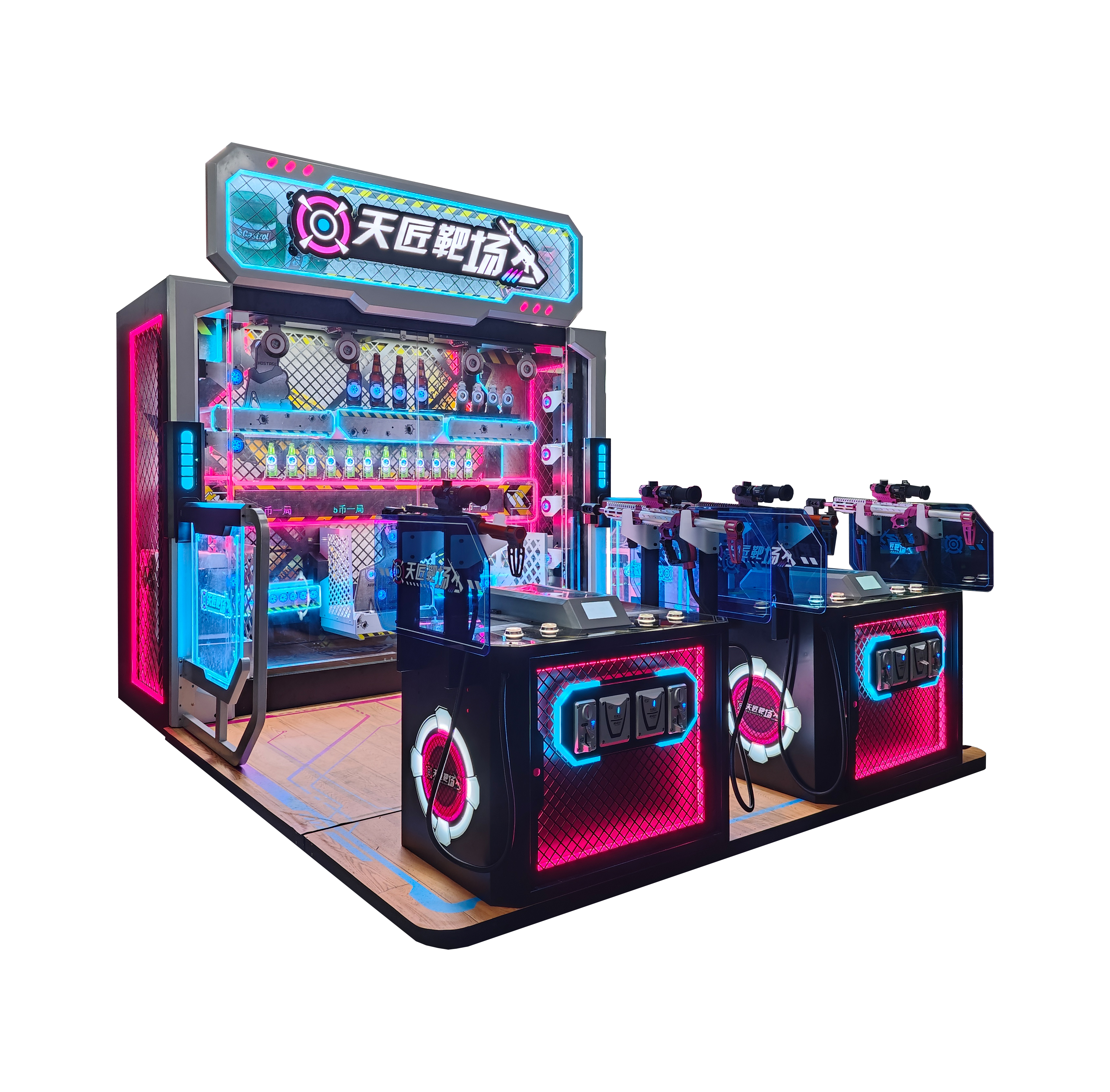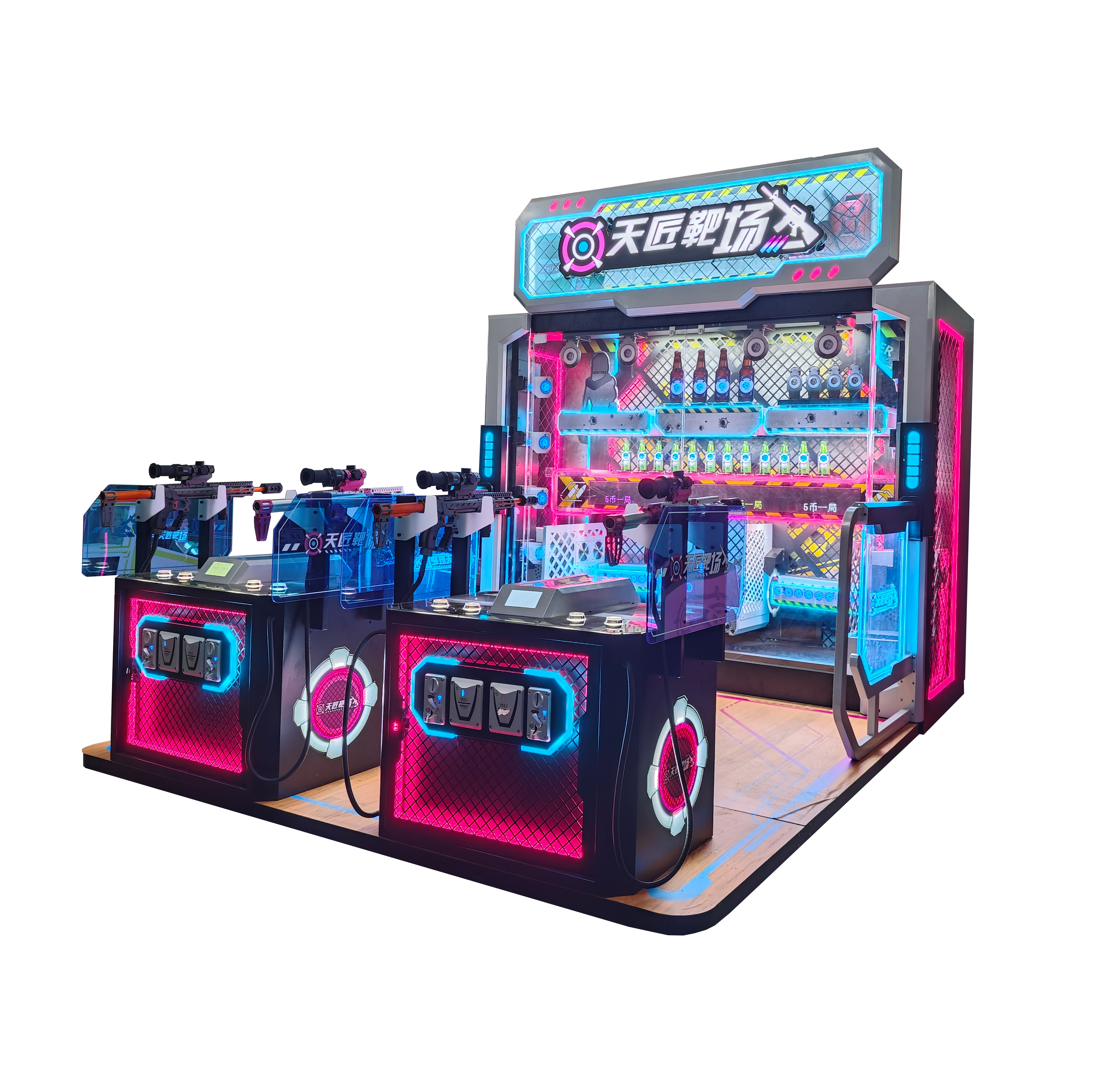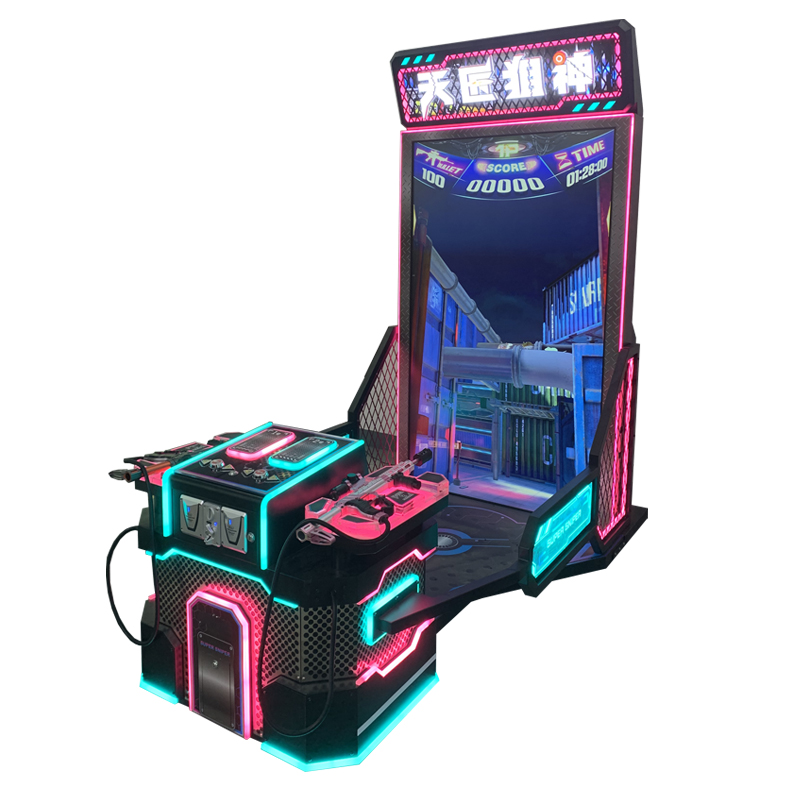The power usage on arcade machines is all dependent on the model and components. The maximum power consumption of older machines is usually in the range of 150-250 watts, whereas modern arcade hardware generally consumes around (and often less than) 100 to 200 watts.

Table of Contents
TogglePower Consumption of Older Arcade Machines
Older arcade machines (like those from the 1980s and 1990s) often use CRT monitors and incandescent lights, which consume more power. For comparison, a CRT monitor takes about 80-150W, and the lighting system in an arcade machine adds another 20-30 watts; you’re still looking at something on the order of 150 to 250 watts total per cabinet. For instance, a classic “Pac-Man” arcade machine consumes around 200 watts per hour (making it close to running an office computer full-time all month long) and if we were to play Pac-Man just five hours each day on average, that would be using up about a monthly consumption of roughly 30 kWh. Electricity cost per month is approximately $3.6 with an electricity price of $0.12/kWh. Older models have inefficient modes which in the long run will increase energy consumption and expenses.
Energy efficiency is also influenced by processors and audio systems present inside the arcade machines. The CPU in “Street Fighter,” for example, consumes around 50 watts per hour along with another 10 watts from the audio system, and you get a total power usage of probably about 250 watts. More massive exhibition games like the Star Wars cockpit simulator might drain 300 watts of power. In summer, this means adding to the burden on air conditioning systems for even more energy use. This means that the older arcade machines use more electricity than newer models, which results in a bigger overall environmental footprint.
Power Consumption of Modern Arcade Machines
In addition to the insulating capacity, modern arcade machines also use much more efficient components such as LED lighting and flat-panel displays, which has an enormous impact on their energy consumption. Modern arcade machines consume between 100 and 200 watts of power combined, while LED displays usually take about 30-50 watts. For instance, a Dance Dance Revolution arcade machine that features a 19-inch LCD screen and energy-saving power supply uses about 150 watts per hour. Running 5 hours a day, the monthly consumption would be around 22.5 kWh. This results in a monthly electricity cost of about $2.7 at an electricity cost of $0.12 per kWh. Some modern arcade machines have been designed to automatically enter energy-saving mode when sitting idle, reducing the power consumed by a game if there is no action on its controls for an extended period of time.
Modern arcade machines are also designed with less processing power, and the audio systems are tuned down to low-energy levels as well. As an example, the power-efficient SoC used in “Tekken 7” has a TDP of around 40 watts (plus about five for audio), meaning it needs something on the order of roughly 145 watts. Higher-end arcade machines, for instance, driving simulators, might consume up to 200 watts as a result of powerful GPUs and larger displays. These also reduce both the cost and carbon footprint of modern arcade machines, achieving a much-needed balance between energy efficiency and performance.

Factors Affecting Arcade Machine Power Consumption
Arcade machines draw varying power based on factors such as display size, processor performance, audio system, and other added features. For instance, screen dimensions will have a significant effect on power use: a 19″ LCD display requires around 30-50 watts, but a larger display could be between 70 and 100 watts. A high-performance processor may consume 40 watts per hour, while lower-performance processors might need only 20 watts. Moreover, the energy usage of audio systems can be significant; high-fidelity systems may consume between 10-20 watts per hour, and standard systems may consume less.
Power consumption increases further with other features of arcade machines like lighting and special control devices. For instance, machines with LED backlighting will typically consume 5-10 watts per hour more than others; depending on the complexity of its controllers (like steering wheels in racing simulators), that could be an additional 20-30 watts. Modern arcade machines may have networking and high-refresh-rate displays, which take significantly more power. Network connectivity may add about 5 watts per hour, and high-refresh-rate displays may add around 20 watts. Arcade machines come in various configurations and features, affecting their power consumption, so they need to be evaluated individually.
Electricity Cost Estimation
To accurately estimate the electricity cost used by arcade machines, you need to know their power consumption and your local electricity rates. For example, an arcade machine with a power consumption of 200 watts uses 0.2 kWh per hour. If used for 5 hours a day and operates every day of the month, the monthly usage is 0.2 kWh x 5 hours/day x 30 days = 30 kWh. At an electricity price of $0.12 per kWh, the monthly cost would be 30 kWh x $0.12/kWh = $3.6. Similarly, an arcade machine with a power consumption of 150 watts would cost around $2.7 per month, and one with 250 watts would cost about $4.5 per month.
Different power consumption levels result in significant differences in electricity costs. For example, an older arcade machine consuming 250 watts and running for 5 hours daily would have a monthly cost of $4.5. A modern energy-efficient arcade machine consuming 100 watts under the same conditions would cost only $1.8 per month. High-end arcade machines like racing simulators, which may consume close to 300 watts, could have a monthly electricity cost of $5.4.

Energy-Saving Tips
To reduce power consumption and improve energy efficiency, certain measures can be taken. First, selecting high-efficiency components is crucial. For instance, choosing LED displays instead of traditional CRT screens can significantly reduce power consumption. LED displays consume about 30-50 watts per hour, while CRT displays can consume up to 150 watts. Additionally, using modern efficient processors and low-power audio systems can significantly reduce overall power consumption. Efficient processors consume about 40 watts, while standard processors may consume up to 100 watts. By choosing these efficient components, tens of watts can be saved per hour, leading to thousands of kWh saved over 150 hours of monthly operation.
Proper use and maintenance are also essential for energy saving. For instance, ensuring the arcade machine is powered off when not in use can prevent unnecessary power consumption. If an arcade machine is turned off for 19 hours daily, it can save around 360 hours of standby power consumption per month. Assuming a standby power consumption of 10 watts, this equates to saving 3.6 kWh of electricity monthly. Regular maintenance of the arcade machine, such as cleaning displays and ventilation vents, keeps down energy consumption by preventing overheating. For instance, better ventilation can reduce the additional load on air conditioning units, saving 5-10 watts per hour and several thousand kWh per month.








